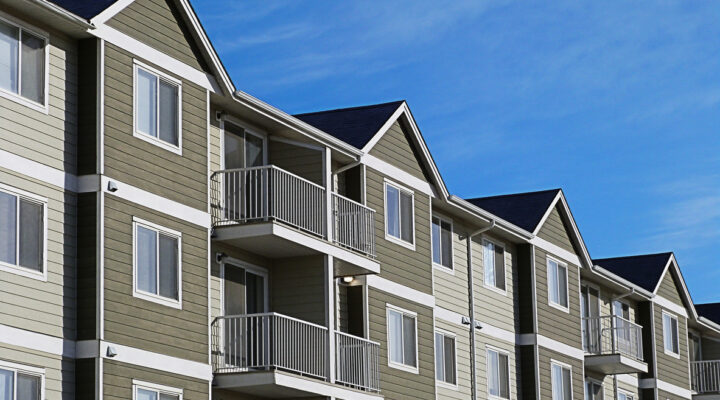This report is an initial investigation of the energy benefits of using very high efficiency DOAS in a multi-family building applications. Objectives for this report were to:
- Evaluate the energy benefits of a VHE DOAS configuration in MF buildings compared with conventional balanced ventilation systems (Washington State Energy Code) and exhaust driven systems (code minimum in Oregon, Idaho, Montana).
- Calculate the impacts of HRV/ERV unit controls for bypass capabilities on energy use and indoor comfort.
Currently, multi-family housing is a growing sector of the design and construction industry across the Northwest. Best practice in MF housing for energy efficiency already focuses on actively providing ventilation air through dedicated systems, known as balanced ventilation, as opposed to the common practice of exhaust-driven ventilation where outdoor air is pulled through each apartment and exhausted. Balanced ventilation can be configured as large, centralized systems with ventilation air ducted to and from each apartment or through individual small units, known as a unitized system. This practice of using a dedicated unit or units for ventilation only is not a new concept for multi-family buildings, however, the potential for energy savings from using high efficiency heat recovery or energy recovery ventilators (HRV/ERVs), efficient controls like ventilation bypass, and efficient fans may provide a way to drive further energy savings.
To learn more about very high efficiency DOAS, including case studies and additional research, visit: https://betterbricks.com/solut…
